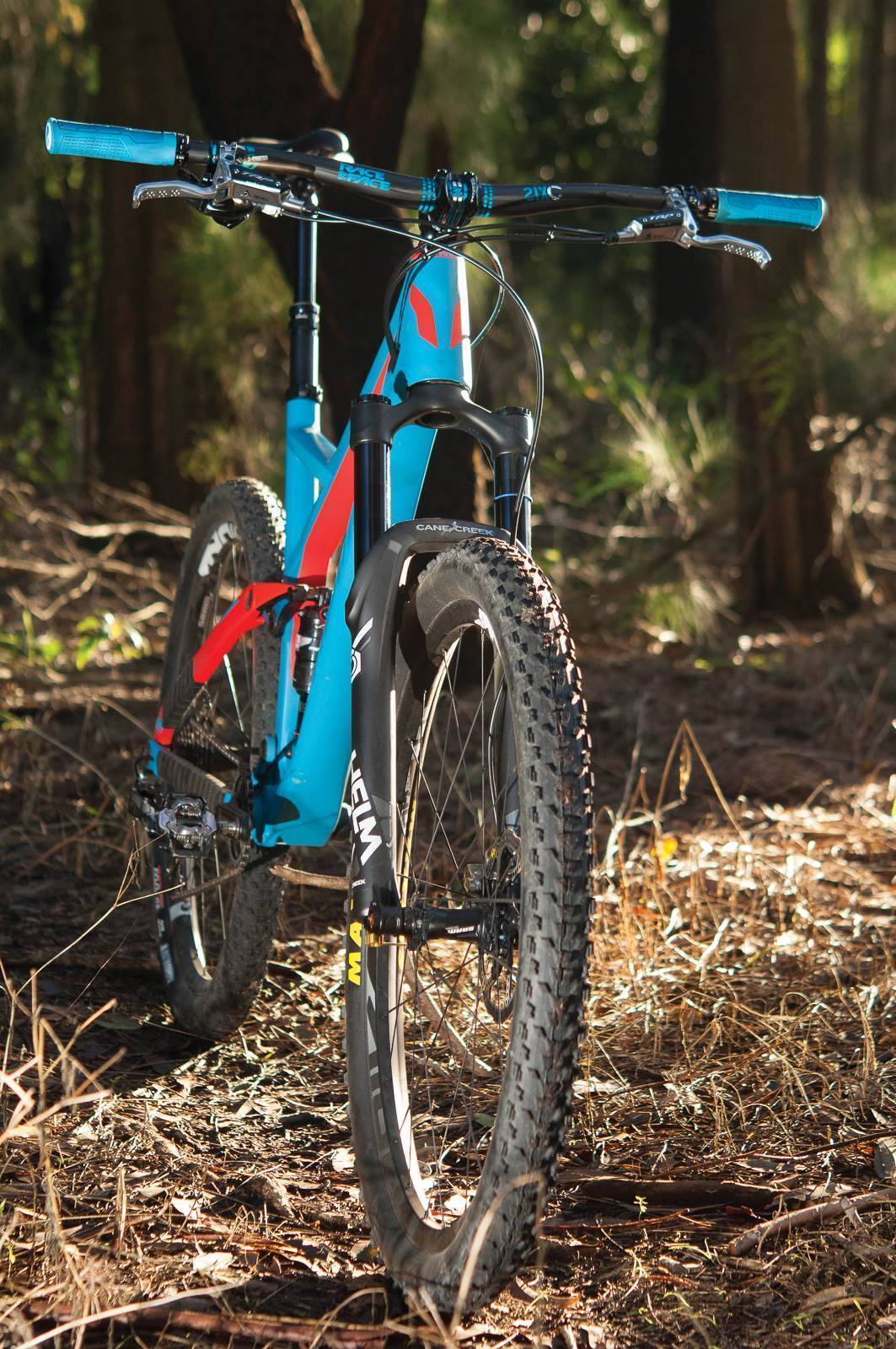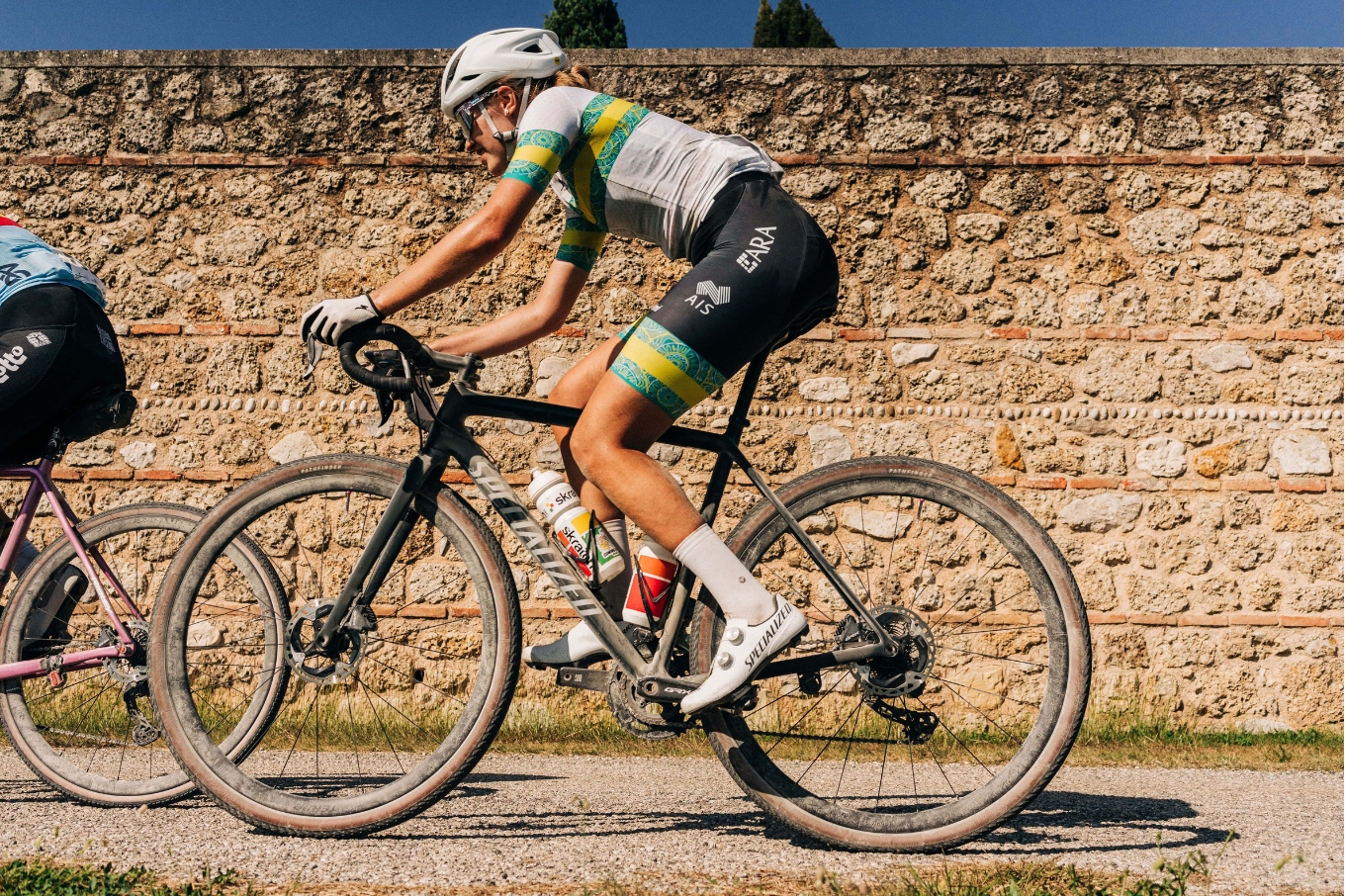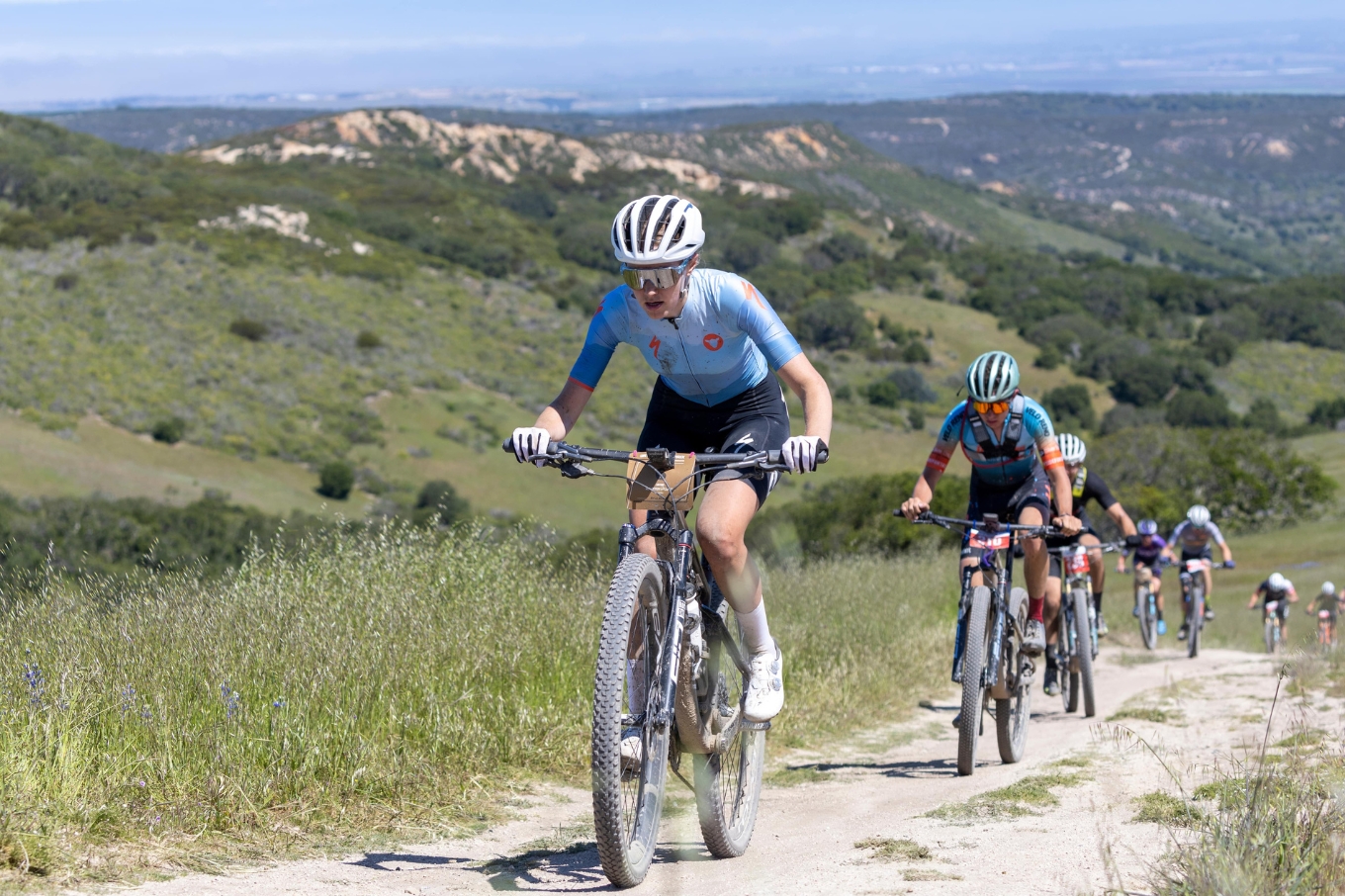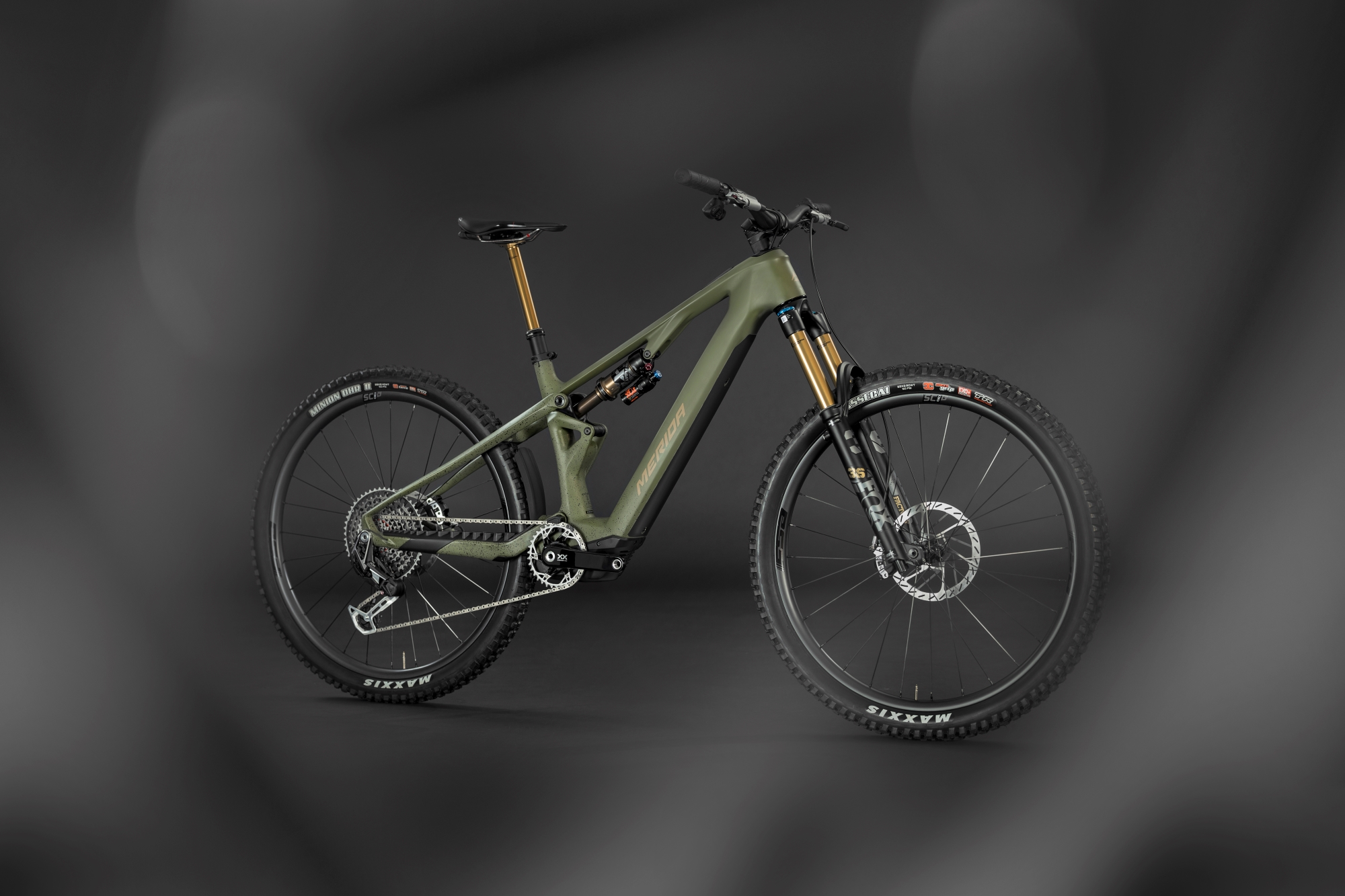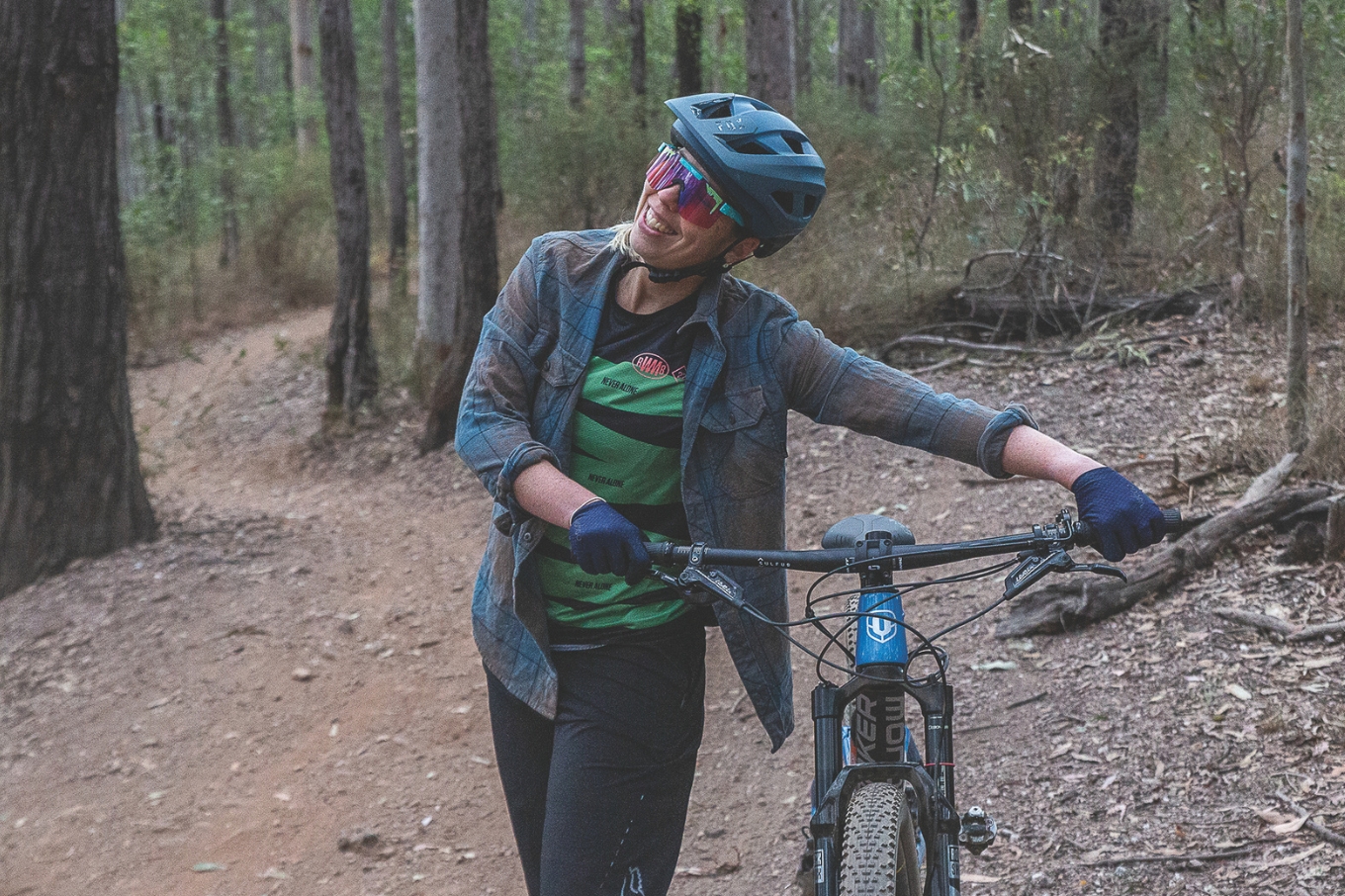TESTED: Cane Creek Helm Fork
We review Cane Creeks first foray into the fork suspension market. The Helm.
Words and Photos: Chris Herron
Cane Creek, more commonly known for manufacturing smooth and reliable headsets and funky suspension seat posts (aka Thudbuster), ventured into the suspension game a few years back with the release of the Cane Creek DB Coil and Air shocks. With relatively high success by some standards, it was only a matter of time until Cane Creek produced their first suspension fork. Fast forward five years and the Helm was born.
Cane Creek’s Helm fork was designed and manufactured to compete with the vast amount of OEM and aftermarket mid to long travel, fully adjustable suspension forks that can be seen on pretty much any 120-160mm rear travel trail/all-mountain/enduro bikes.
The stanchion size on the Helm is 35mm, same as the RockShox Pike and Lyric (forks I would put in the same category as the Helm), as well as the Fox 36, DVO Diamond and Ohlins RXF 36. Weight-wise the Helm is pretty similar to the Fox 36 and RockShox Lyric, but is over 200g heavier than the new Pike.
The Helm sports 100-170mm of adjustable travel (optimised for 140-170mm) in 27.5” Boost wheel, but there is a 29er model coming in the near future. Travel is internally adjustable via two 10mm clip-on spacers. It is pretty straightforward but the lowers do have to be removed, so it’s a task not every home mechanic might be able to perform. It comes stock at 160mm of travel, but for the test bike I was bolting these to, I opted to reduce the travel to 150mm. This procedure took around 15 minutes without the need to replace oil.
After a quick steerer measure and cut, the forks were installed on the custom built Devinci Django 27.5 test sled. One thing to note was the laser etched millimetre markings on the steerer, a nice feature when marking the steerer for cutting.
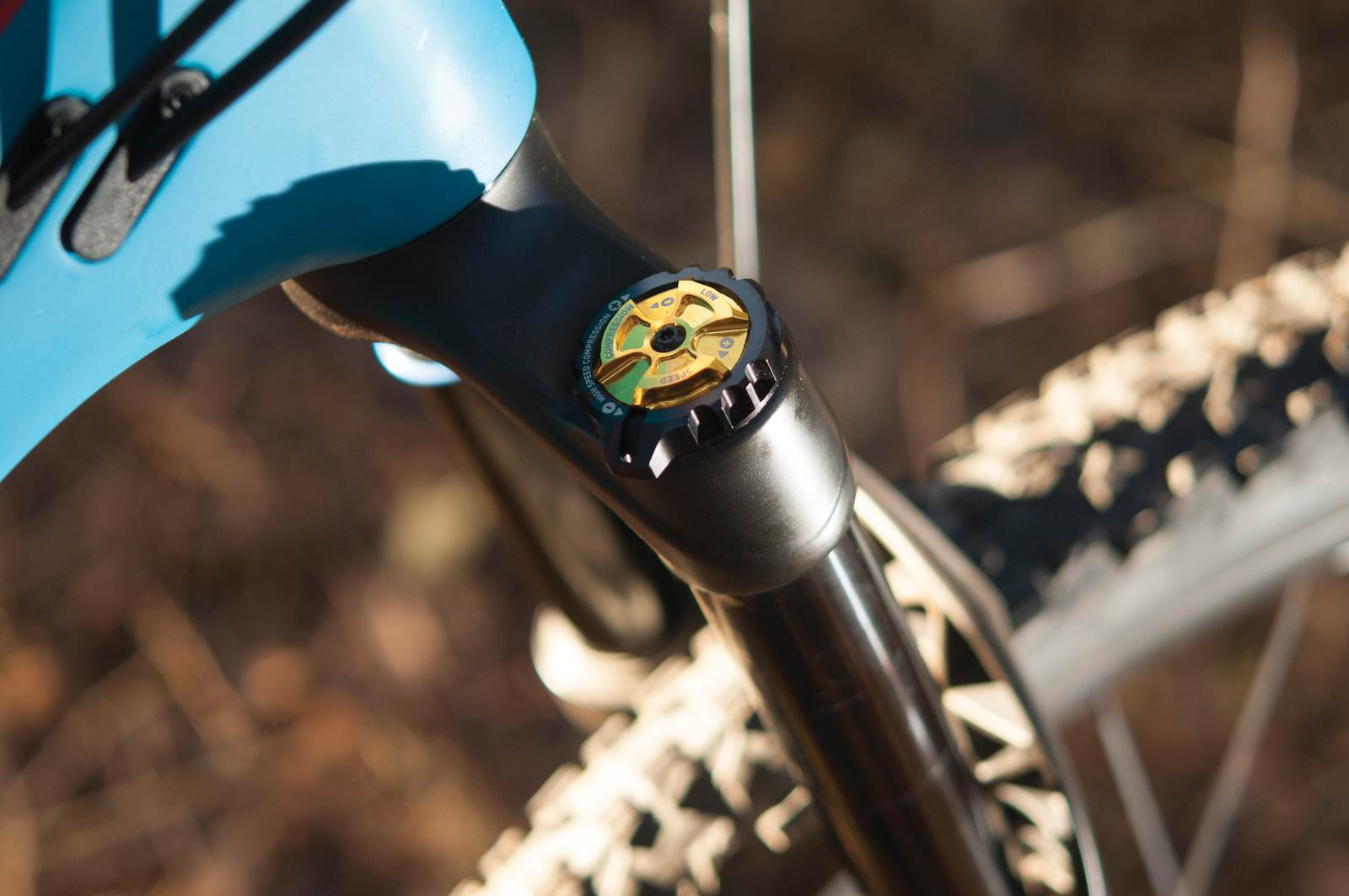
Take control of the Helm
Now let’s get down to setting up the fork, as this is where some of the unique features of the Helm stand out.
The Air Spring has independent positive and negative air chambers allowing you to control the air pressures separately and change the feel throughout the entire stroke of the fork. After inflating the top chamber with a shock pump to the desired air pressure (ideally set for around 25% sag), you then remove the cap on the base of the lowers and unwind a valve that allows it to be depressed to equalise both air chambers. Really simple and effective!
Knowing that the air pressure for my weight and riding style would require some kind of addition of volume spacers (as do all my other forks I own) I set out on adjusting the Helm. This is where Cane Creek have been rather inventive – as opposed to installing volume spacers in the air chamber, you simply remove the top cap with a 30mm socket and adjust the position of a fixed piston on a shaft. With 8 different positions, there is enough adjustment from quite linear to really progressive. And I like there are no plastic parts.
Installing the front wheel is no different than normal, however the D-Loc axle system is a little unusual in the way it is captured in the lowers. The axle is a square affair so can only go in one way (and the etching says “this side up”) and rather than being rotated, a latch system captures the keyed end of the axle and locks in place. Lastly, the QR lever is used to tension the lowers to the hub.
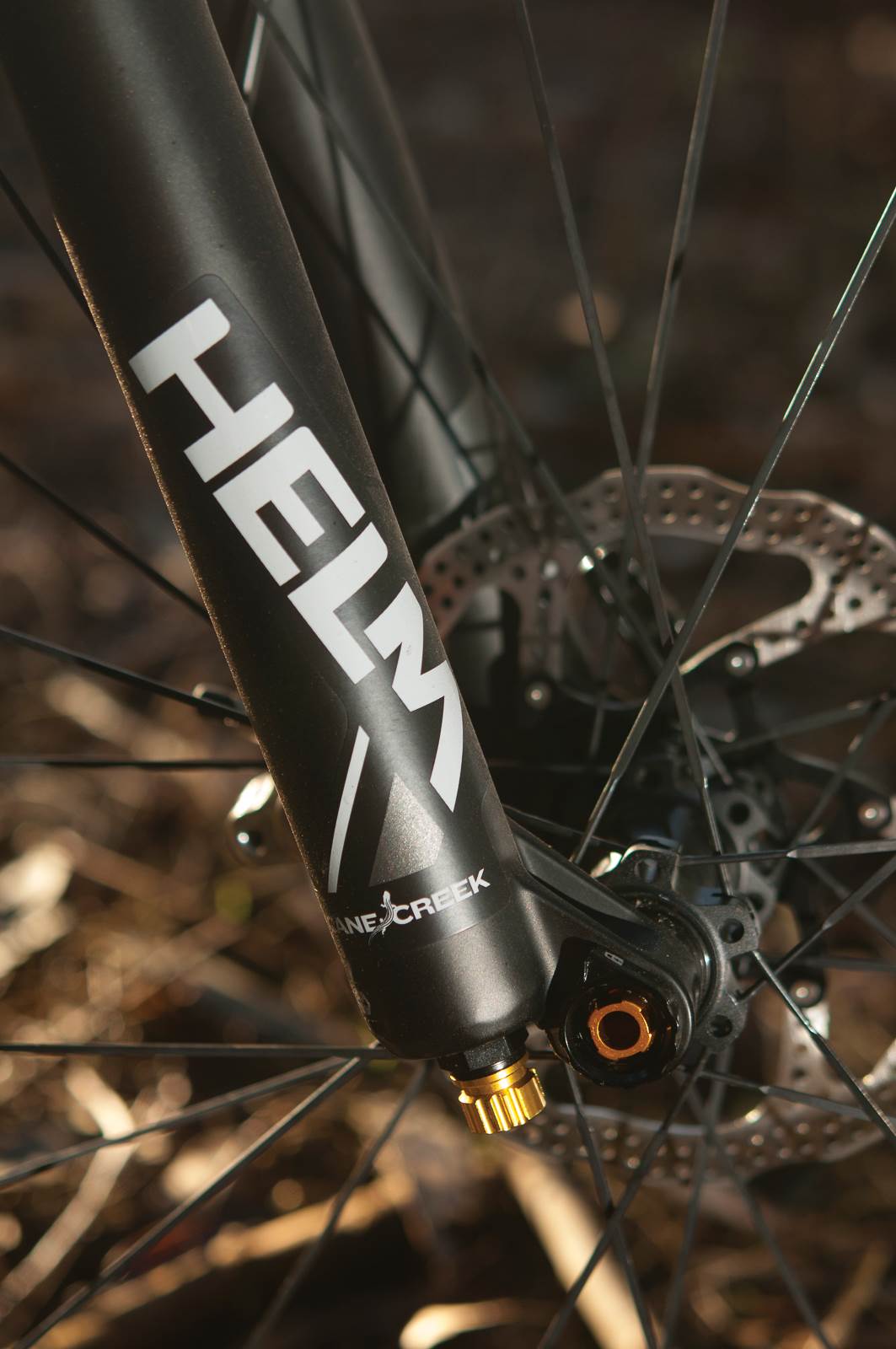
Hit the trail at the Helm
Ok, trail time. This is something I had been really looking forward to as it is always exciting trying a new fork. A quick set up of the high and low speed compression and low speed rebound to get the fork ready for the trails and I was off for a quick XC loop to just get a feel for the fork before hitting some of the more technical trails – including some decent gaps jumps and drops.
Overall the Helm felt supple and smooth with no signs of stiction. The fork tracked well in the rough and rocky sections and didn’t dive too much whilst hard under braking. Thanks to the 35mm stanchions and burly cast lowers, the front wheel held its line in corners when pushing hard. Hitting jumps at speed, the front end of the bike was easy to squash if staying low, or pop if wanting some extra height.
The only real problem I found with the Helm was the ability to fine tune the low speed rebound with the pressure I was running. I had the rebound knob at full (slowest setting) and it still wasn’t as slow as I would like it to be. Lowering the air pressure slightly made an improvement, but then I found the fork sat in too much sag. I reached out to Cane Creek USA and I was informed that this fork was from a very early production run and had a narrower range of rebound damping. They assured me the later production run has a wider range of rebound damping to accommodate a wider pressure range, hence more control for us heavier riders.
I am quite impressed with the ride quality and finishing of the Cane Creek Helm. It would be a great match for someone with a DB Air or Coil rear shock, but equally as good matched to a RockShox or Fox rear shock.
For riders looking for a burly front end to match a Lyric or Fox 36, the Helm would be a worthy upgrade. For the rider looking for a 140-150mm fork to replace a Fox 34 or Pike, the extra weight and price may be something to consider. Either way, I’m looking forward to spending a bit more time on the fork to really put it through its paces.
| HITS | MISSES |
| Adjustable and setup options | A bit weighty as a trail fork |
| Travel adjust range | |
| RRP | $1649 |
| FROM | dirtworks.com.au |

